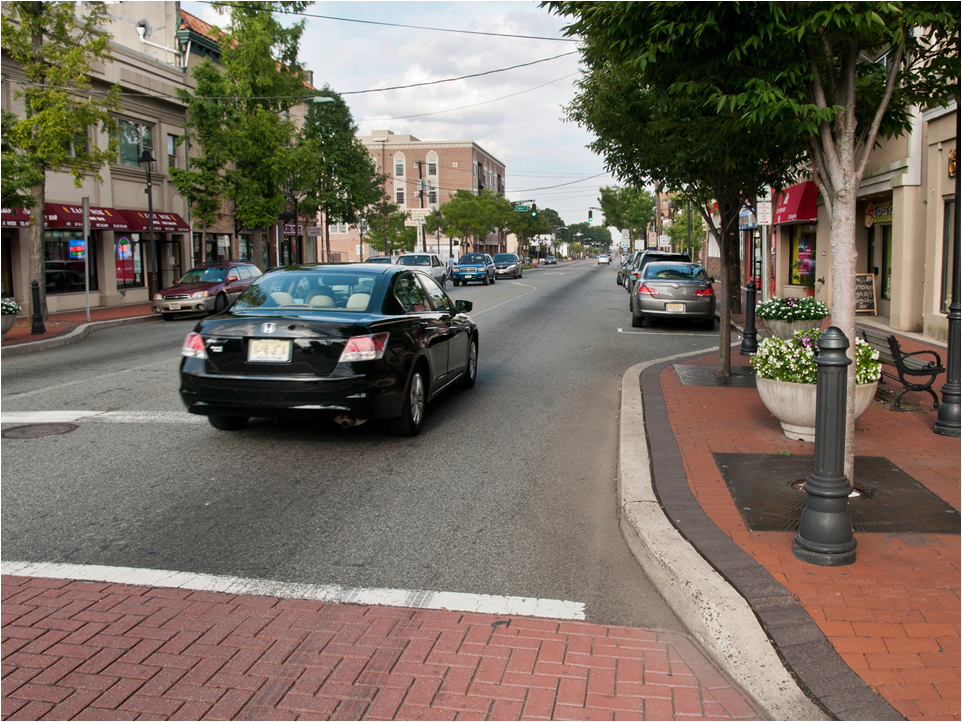New Jersey Future Blog
Open Space Ballots
October 31st, 2005 by Tim Evans
- In addition to voting for Governor on Nov. 8, New Jerseyans in many communities will be asked to approve funds for local or county open space protection, totaling almost $200 million statewide.
- The largest ballot initiatives are in urbanized Camden County ($50 million) and still-rural Sussex County ($45 million), evidence that all New Jersey communities feel a stake in the battle to protect open land.
- “Yes” votes are essential to winning that battle.
- At the same time, state and local leaders can minimize the cost to taxpayers in two additional ways: by reducing the pressure for greenfield development and with smart conservation techniques.
REDEVELOPMENT AND SMART CONSERVATION
The 30 open-space ballots set for a vote on Nov. 8 demonstrate the high concern shared statewide for keeping the Garden State healthy and green.
The passage of open space funding is vital, but it can’t do the job alone. There isn’t enough money, even in wealthy New Jersey, to buy all the land and resources that need protection from development.
State leaders can help by changing the policies that make it easier and cheaper to develop our greenfields than to rebuild our older suburbs and cities. Specifically, our leaders should favor redevelopment in state infrastructure spending; offer both economic and process incentives for redevelopment in communities with plans that are consistent with the State Development and Redevelopment Plan; create a stable source of funding for redevelopment by reprioritizing state funds; and launch a Redevelopment Tax Credit.
State and local leaders must also broaden use of smart conservation techniques that generally cost less than land purchase. Such techniques include requiring towns to plan for conservation as well as development; to base local zoning on an analysis of land and water capacity; to restrict development of farmland and conservation land to low densities, and to raise densities in areas suited for growth; and to limit the places served by septic and alternative wastewater treatment systems on lands identified for conservation by the State Plan.
















